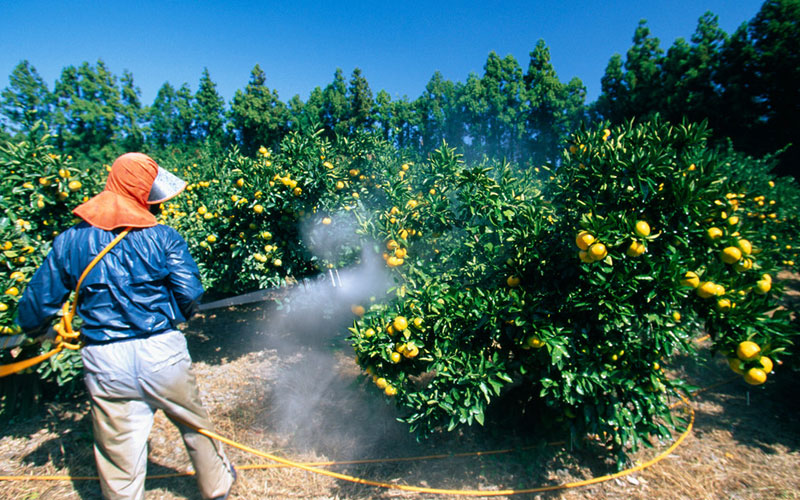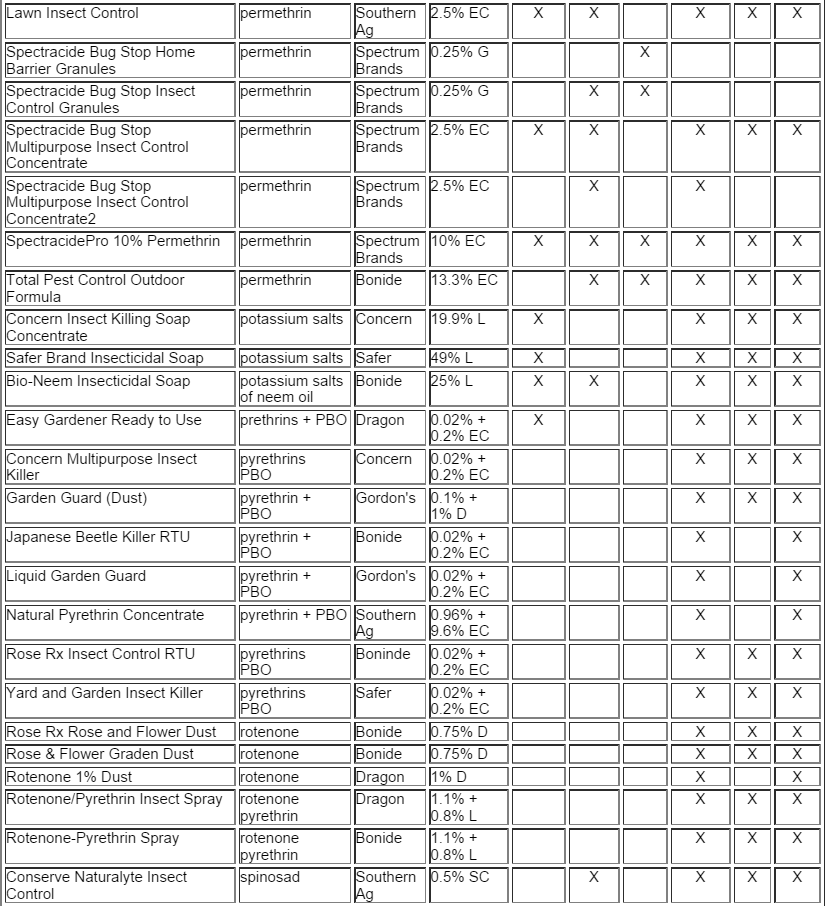
Movement into bodies of water occurs when runoff, after rainfall, moves through areas that have been sprayed with pesticides. Proper irrigation management is critical to minimize the risk of pesticides infiltrating ground water.Īnother factor affecting pesticide pollution of water is rainfall, as high levels of rainfall increase the risk of pesticides contaminating water. This is of particular concern in areas where frequent irrigation is necessary because of coarse-textured soils. Irrigation that promotes the frequent downward movement of water beyond the root zone of plants also promotes the leaching of substances including pesticides to ground water. Irrigating saturated soils or irrigating at a rate that exceeds the infiltration rate of soil promotes runoff that can carry pesticides with it.

Irrigation Management: Irrigation increases the chance that pesticides will migrate to ground water and surface water. Soil temperature: Soil microbial activity and pesticide breakdown is largely linked to soil temperature.Īpplication rate: The more pesticide that is applied, the longer significant concentrations remain. Loss of pesticide residues can also occur by evaporation and photodecomposition. The greater the microbial activity, the faster the degradation. Microbial activity: Pesticides in the soil are primarily broken down by microbial activity. Residual herbicides are generally of lower solubility to aid soil binding but their persistency in the soil can cause other problems. The higher the solubility of the pesticide, the higher the risk of leaching. Solubility in water: Many pesticides are soluble in water out of necessity so that they can be applied with water and be absorbed by the target. Residual herbicides applied directly to the soil are designed to bond to the soil structure. Mobility in soil: All pesticides have unique mobility properties, both vertically and horizontally through the soil structure. The half-life is unique to individual products but variable depending on specific environmental and application factors.Īn active substance is any chemical, plant extract, pheromone, or microorganism (including viruses), that has action against ‘pests’ or on plants, or parts of plants or plant products.

This can be measured in terms of its half-life, the longer it takes to break down, the higher its persistence. Pesticide half-life: The more stable the pesticide, the longer it takes to break down. The pesticide: Individual pesticides have unique properties, and many variable factors (including those below) determine the specific risk in terms of water pollution.Īctive ingredient(s) in the pesticide formulationĬontaminants that exist as impurities in the active ingredient(s)Īdditives that are mixed with the active ingredient(s) (wetting agents, diluents or solvents, extenders, adhesives, buffers, preservatives, and emulsifiers)ĭegradate that is formed during chemical, microbial, or photochemical degradation of the active ingredient Therefore, pesticides and residues (also nitrates and phosphates) can be quickly transported to contaminate ground water and freshwater supplies over a large geographical area. Water from excessive rainfall and irrigation cannot always be held within the soil structure. Each pesticide has different properties and toxicological effects ( and the toxicological effects of multiple pesticides can be greater than the sum of their parts).įactors Affecting Pesticide Pollution of Waterĭrainage: Farmland is often well drained and natural drainage is often enhanced by land drains. There are more than 1,000 pesticides used around the world to ensure food is not damaged or destroyed by pests. They have been banned in developed countries for agricultural use but are still used in many developing countries. Some of the older, cheaper pesticides can remain in the soil and water for years. Pesticides are potentially toxic to humans and can have both acute and chronic health effects, depending on the quantity and the ways in which a person is exposed. In agriculture, this includes herbicides (weeds), insecticides (insects), fungicides (fungi), nematocides (nematodes), and rodenticides (vertebrate poisons).

They protect or increase yields, and the number of times per year a crop can be grown on the same land. They also play a significant role in food production. Pesticides are used to protect crops against insects, weeds, fungi, and other pests. The term "pesticide" is a composite term that includes all chemicals that are used to kill or control pests. PESTICIDES AND WATER POLLUTION FACT SHEET


 0 kommentar(er)
0 kommentar(er)
